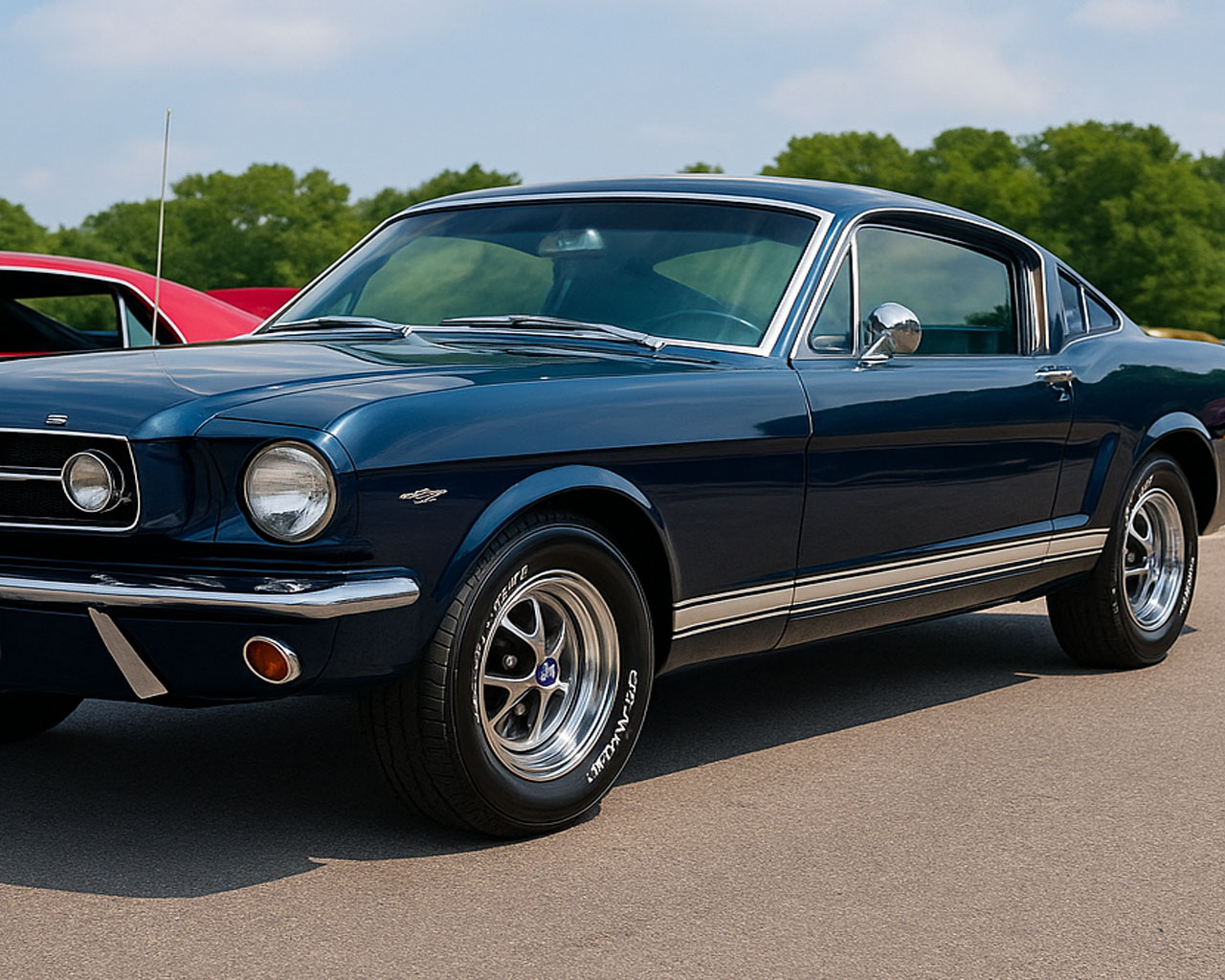




Shipping a classic car isn’t just moving metal; it’s preserving history, often irreplaceable paint, and a legacy that can be personal or by pedigree. When pricing out classic car shipping, that number can vary because carriers price space, risk, timing, and handling differently for a concours-level coupe than for a daily driver.
You’ll see what really affects the price to ship classics, how transport methods can help you to balance budget with the level of care your classic deserves. Whether you’ve owned a garage-kept original for decades or just purchased your first collectible at auction, the goal is the same: choose the car shipping company that protects value without compromise.
Understanding the variables helps you with any quote. A cross-country classic car move on a busy lane with a running car tends to price more efficiently than a short, rural hop with limited access. The vehicle's value and transport type are the contributors to the total cost.
A state to state transport of a driver-grade classic car on open transport may land near the lower end of typical pricing, while a long-distance enclosed run for a mint and preserved show car will sit toward the high end.
For example, classic vehicle shipments between major hubs in the Northeast and Midwest commonly price below a coast-to-coast run, while Sun Belt lanes often benefit from steady demand. Expect add-ons if the car is inoperable, exceptionally low-clearance, unusually tall, or if your pickup window is very tight. The important takeaway: distance, popularity of the route, and transport type set the baseline.
Open car shipping remains the value choice for sturdy, driver-grade classics or unrestored to showroom classics. The vehicle rides on a multi-car open trailer, exposed to weather and road dust but with a very low incidence of transport damage when properly secured. This mode keeps cost down and works well for many collector cars that don’t require museum-level presentation at delivery.
Enclosed transport is the preferred option for high-value, low-clearance, or freshly restored classic vehicles. The enclosed car transport trailer shields the car from debris, weather, and attention, and typically pairs with soft-strap or wheel-net tie-downs and, when needed, a liftgate for low front splitters. You’ll pay more than open car shipping, but you gain privacy, protection, and greater confidence—especially for auction purchases, concours entries, or rare models.
Terminal-to-terminal service exists but is far less common than door-to-door classic transport. It can look inexpensive on paper because you drop off and later retrieve the car at designated facilities, though storage fees and the extra time/hassle often offset the initial savings. It’s most practical when your location can’t safely accommodate a large transport rig or your schedule is highly constrained.
Picking from open vs. enclosed (regardless of it going to a terminal or not) is pretty simple. Select open transport if the classic car in question is driver-grade (driven daily, parked outside), has standard ground clearance, and you want the most economical route without sacrificing professional handling. Choose enclosed transport when discretion and preservation matter most—expensive paint, original finishes, rare trim, or sensitive aero. If driveway access is impossible due to road the size of the roads or local restrictions, coordinate a nearby meeting point.
Planning early gives you the most leverage. With a wider pickup window, dispatchers can optimize routes and offer sharper rates. Compare multiple quotes, but make sure you’re comparing like for like: verify cargo coverage limits, deductibles, and the method of securement. If you’re going enclosed, confirm hard-side versus soft-side and ask about liftgate capability for low classics if yours has little ground clearance. Off-peak timing—fall and mid-winter outside holiday surges—often produces friendlier pricing. Good preparation helps too: keep fuel low, document the current condition with photos, secure loose parts, and share ground-clearance details up front to avoid liftgate or reloading surprises.
For collector cars, there are two concerns. Enough insurance and expert handling of your classic. Confirm that cargo insurance aligns with the car’s value for the trip. Ask who carries the policy, and request proof of insurance along with the assigned carrier’s MC/DOT credentials once scheduled. At pickup and delivery, make absolutely sure you and the driver complete a thorough condition report. Ask if the trucks being used have soft straps or wheel nets over chains, and disclose any spares or loose items.
The right classic car shipping balances cost with care, along with experience. Open transport is the budget-smart solution for many pre-restoration or driver condition classic vehicles; while enclosed transport is the gold standard for high-value pieces, fresh restorations, and show entries. Understand the factors that move the number, align insurance and handling to the car’s needs, book with reasonable flexibility, and you’ll achieve both a fair price and a delivery experience worthy of the vehicle.
Carl brings over a decade of proven expertise in the auto shipping industry, with hands-on experience in nearly every aspect of the business since 2014. From dispatching and sales to customer service and operations, he has built a 360° understanding of how vehicle transport truly works.
As the driving force behind NX Automotive Transport’s website, Carl is both the author and strategist behind the educational content and guides that thousands of customers rely on to make informed shipping decisions. His mission is to raise the standard of honesty and transparency in auto transport, not only by leading NX’s content and customer education, but also by mentoring and training others in the industry.
Carl’s unmatched depth of knowledge, combined with his dedication to fair and straightforward practices, makes him one of the most trusted voices in auto transport today.
There isn't insider pricing or special deals others get that we cannot.
We believe in giving jobs to our community. All sales staff is here in the USA.